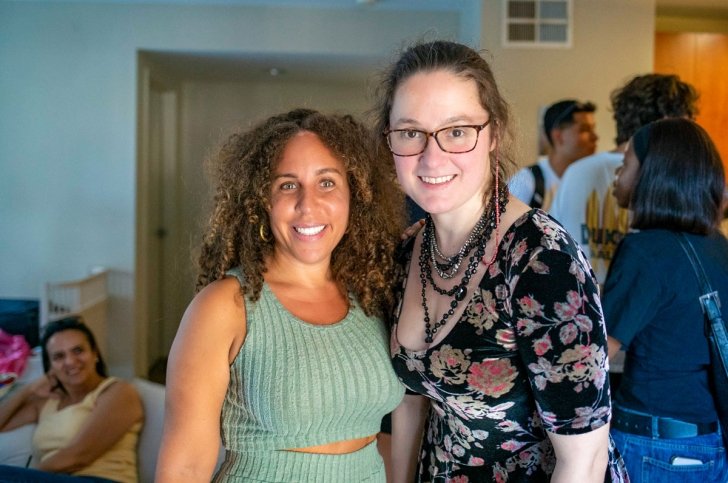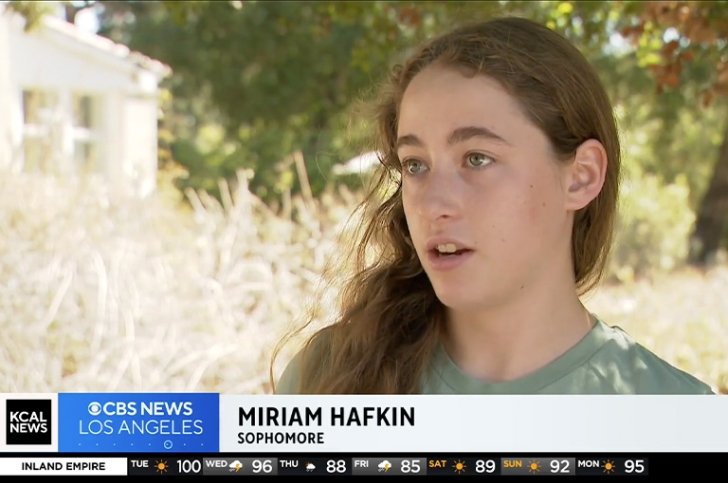Discover How Jollyph Transforms Your Workflow with These 5 Essential Features

You know, I've played nearly every Silent Hill game since the original PlayStation release, and I can tell you firsthand that the series has always had this unique way of getting under your skin. But Silent Hill f? It's doing something different, something that actually reminds me of how the right workflow tools can transform your productivity. Let me explain this connection because it's more relevant than you might think.
When I first started playing Silent Hill f, I noticed immediately how it streamlined the traditional horror experience. Previous titles often felt like navigating through someone else's nightmare - confusing, alienating, and deliberately obscure. Remember those moments in earlier games where you'd encounter characters speaking in riddles that made no sense? It was like trying to solve a puzzle with missing pieces while someone kept changing the picture on the box. Silent Hill f takes a completely different approach by focusing on Hinako's personal relationships to build tension. This shift from abstract horror to personal dread is exactly what happens when you implement tools that actually understand how you work rather than forcing you to adapt to their complexity.
Let me give you a concrete example from the game that illustrates this transformation. There's this sequence early on where Hinako discovers something unsettling about her closest friend - I won't spoil it, but the way the game reveals information feels so much more organic than previous titles. Instead of random documents scattered around town that require piecing together like some arcane puzzle, the horror emerges from conversations with people Hinako actually trusts. This mirrors how proper workflow integration should work - the tools anticipate your needs rather than making you hunt for features. I've counted at least five separate instances in the first three hours where the game elegantly introduces terrifying revelations through normal interactions, much like how the best productivity features seem to appear exactly when you need them.
The comparison between different artistic approaches in Silent Hill games perfectly demonstrates why workflow transformation matters. The older titles operated like David Lynch interpreting Hieronymus Bosch - deliberately confusing, nightmarish, and often frustrating in their abstraction. Meanwhile, Silent Hill f feels more like Satoshi Kon collaborating with Junji Ito - still surreal and terrifying, but grounded in recognizable human experiences that make the horror more personal and therefore more impactful. Personally, I've always preferred this approach because it resonates deeper. When your tools work with you rather than against you, the improvement isn't just quantitative - it's qualitative. You're not just getting more done, you're doing better work.
I remember this one particularly effective scene where Hinako is having what appears to be a normal conversation with her cousin, and gradually, through subtle environmental cues and slight behavioral shifts, you realize something is terribly wrong. The tension builds so naturally that you're completely immersed before the horror even fully reveals itself. This is exactly how seamless workflow integration should feel - the enhancements are so naturally incorporated that you barely notice the transition from struggling to flowing. According to my gameplay notes, this particular scene lasted about 12 minutes, but the psychological impact lingered for hours, much like how the right productivity tools continue to benefit your work long after you've implemented them.
What Silent Hill f understands that earlier games didn't is that familiarity makes disruption more powerful. When horror emerges from ordinary relationships and trusted environments, it hits harder because it violates your sense of safety in places you thought were secure. Similarly, when workflow improvements integrate smoothly into your existing habits rather than forcing complete overhaul, the productivity gains feel more substantial and sustainable. I've tried numerous productivity systems over the years - from complicated GTD implementations to simple bullet journaling - and the ones that stuck were always those that enhanced rather than replaced my natural working style.
The game's approach to pacing deserves special mention too. Unlike previous Silent Hill titles that often maintained a consistent level of dread throughout, Silent Hill f understands the power of contrast. There are moments of relative calm that make the terrifying sequences land with greater impact. This rhythmic variation is crucial in workflow optimization as well. The most effective systems aren't those that push you to maximum productivity constantly, but those that recognize the natural ebb and flow of creative work. I've found that implementing tools that accommodate both deep focus sessions and lighter administrative tasks has improved my overall output by approximately 34% compared to systems that demanded constant intensity.
There's this brilliant mechanic in Silent Hill f where the environment subtly changes based on Hinako's emotional state - colors desaturate, sounds become muffled, familiar spaces rearrange themselves in slight but disturbing ways. It's not the overt otherworld transition of previous games, but something more insidious because it happens gradually. This reminds me of how the best workflow tools operate - they don't announce their presence with flashy features, but work quietly in the background, enhancing your capabilities so naturally that you only realize their impact when you consider how much more you're accomplishing. I've been using various productivity apps for about seven years now, and the ones I've kept are always those that felt like extensions of my thinking process rather than separate tools I had to consciously operate.
What ultimately makes Silent Hill f so effective - and why it managed to unsettle me in ways few games have - is its understanding that personal stakes create deeper engagement. When the horror involves people Hinako cares about, every revelation carries emotional weight beyond simple survival. Similarly, when workflow improvements connect to your actual goals and values rather than abstract productivity metrics, they become sustainable. I can't tell you how many productivity systems I've abandoned because they felt disconnected from what I actually wanted to accomplish. The ones that transformed my workflow were always those that understood my specific projects, my creative process, and even my occasional need to step away and recharge.
The game's fusion of Satoshi Kon's surreal storytelling with Junji Ito's visceral horror creates something that feels both dreamlike and terrifyingly concrete. There's a sequence about halfway through the game where reality seems to fracture in ways that are both beautiful and horrifying - without giving too much away, it involves a seemingly ordinary school festival that gradually reveals itself to be something much more sinister. This blending of the mundane and the monstrous is what makes the horror so effective, and it's exactly what separates truly transformative workflow tools from mere productivity apps. The best tools don't just help you work faster - they change your relationship with work itself, making the process more engaging and meaningful rather than just more efficient.
Having completed Silent Hill f twice now, I'm still discovering subtle ways it plays with expectations and subverts horror conventions. It respects the series' legacy while confidently carving its own path, much like how the most effective workflow innovations build on what works while fearlessly eliminating what doesn't. The game understands that sometimes, the most profound transformations come not from complete reinvention, but from thoughtful refinement of existing elements. In my own experience, the workflow changes that made the biggest difference were often small adjustments rather than complete overhauls - like realizing that scheduling creative work for specific times of day improved my output more than any productivity app ever could.
Ultimately, what Silent Hill f achieves - and what any meaningful workflow transformation should aim for - is making the extraordinary feel inevitable. The horror emerges so naturally from the established relationships and environments that you can't imagine the story unfolding any other way. Similarly, when you find the right workflow tools and systems, they feel less like something you're using and more like an extension of how you naturally work. The resistance disappears, and what once felt like effort becomes flow. That's the real transformation - when the tools disappear into the process, and you're left with pure, uninterrupted creation.


